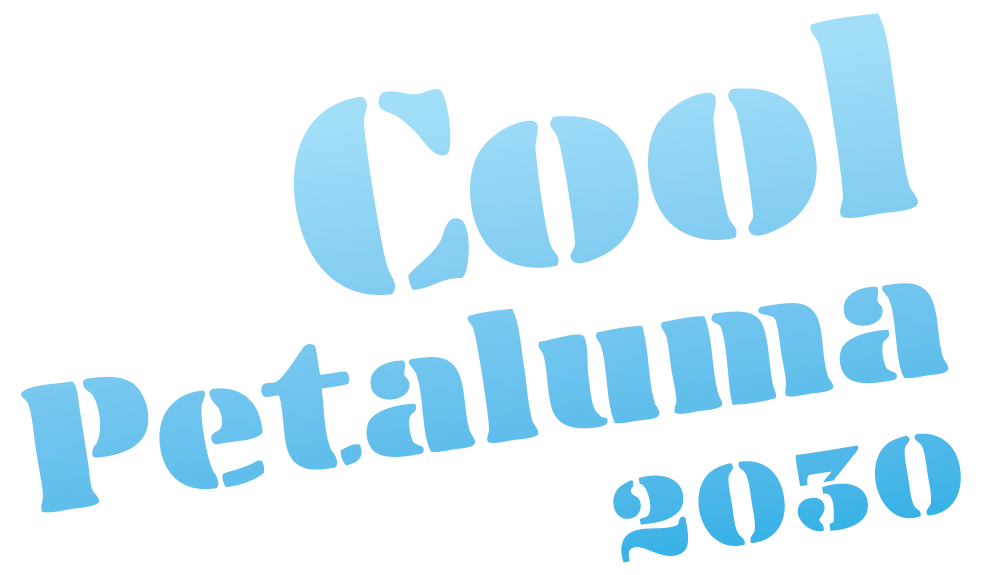Protect forests
Protect forests
Why?
The world has lost one-third of its forests since the ice age. Why does this matter? More than half the world’s land-based species of animals, plants, and insects make their homes in forests. By feeding our rivers, forests supply drinking water for nearly half of the world’s largest cities while also buffering the impacts of storms and floods. And, although planting new trees is critical, old-growth forests remove and store far more carbon than newly planted trees. Harvesting those ancient forests returns much of that carbon to the atmosphere.
Avoid products driving deforestation
It may be hard to believe, but just five products drive most tropical deforestation:
Beef - Meat and leather production are both drivers of illegal deforestation in Brazil.
Soy - Mostly used as feed for cattle and chickens and pigs - so eating less meat reduces deforestation on two fronts.
Palm Oil - Deforestation associated with palm oil is vast, particularly in Indonesia, Papua New Guinea, and Malaysia.
Wood Pulp - A major problem in Indonesia, the pulp is used to create paper products and textiles like rayon.
Cocoa - The good news is that ethically-sourced chocolate is easy to find.
Search product labels for palm oil content and try to use fewer paper products. And do your best to find ethically sourced chocolate, which is chocolate that has addressed issues throughout the supply chain, including worker wages and how the land is treated. For starters, look for third-party certifications, such as the Rainforest Alliance seal and Fairtrade Certified.
Buy recycled content toilet paper!
For goodness sake, please don’t flush virgin Canadian boreal forests down your toilet! A simple switch to 100 percent recycled toilet paper and facial tissue can prevent clearcutting that is devestating an entire ecosystem and its people. Check out this NRDC report on how Toilet Paper is Driving the Climate Crisis with Every Flush and this powerful documentary about the land and the people of the beautiful Boreal forest, The Issue With Tissue.
Treehugger: 5 Consumer Products Linked to Illegal Rainforest Destruction
Sierra: We Taste-Tested the 4 Most Ethical Chocolate Bars
Chocolate Scorecard: Chocolate Scorecard: Brands & Suppliers
Stop junk mail
Who hasn’t walked to the mailbox to find it filled to the brim with junk? It can be aggravating, especially when you’re someone who is concerned about this senseless use of resources. You can take control and stop junk mail. In fact, you can even be specific about the kinds of mail you want to stop receiving.
FTC Consumer Advice: How to Stop Junk Mail
DMA Choice: Take Control
PaperKarma: Free DIY option or Paid they do it option
Buy recycled content paper products
Every ton of paper recycled saves nearly 13 trees, 4,100 kilowatts of electricity, and more than 7,900 gallons of water. And, over a period of 30 years, recycled paper may reduce greenhouse gas emissions by up to nearly 3 gigatons. So, yes, buying recycled content paper products does make a difference. In California, jurisdictions are now required to purchase recycled-content paper products that are recyclable.
What can you do? First, use less paper. Then, buy:
Recycled paper with a maximum post-consumer waste content. That’s because “recycled paper" can be anything from 1 to 100 to percent true recycled paper. Before you buy, look for the percentage and type of recycled content, which you should find next to the recycled symbol.
Tree-free paper made from agricultural residue (cotton, hemp, flax, kenaf, etc).
Unbleached or chlorine-free paper.
FSC-certified paper, which indicates protections for local communities where trees were harvested.
Greenbizcheck: Recycled Paper Fact Sheet
Cultivating Capital: Making Good Purchasing Decisions for Recycled Paper
Regeneration: Proforestation

